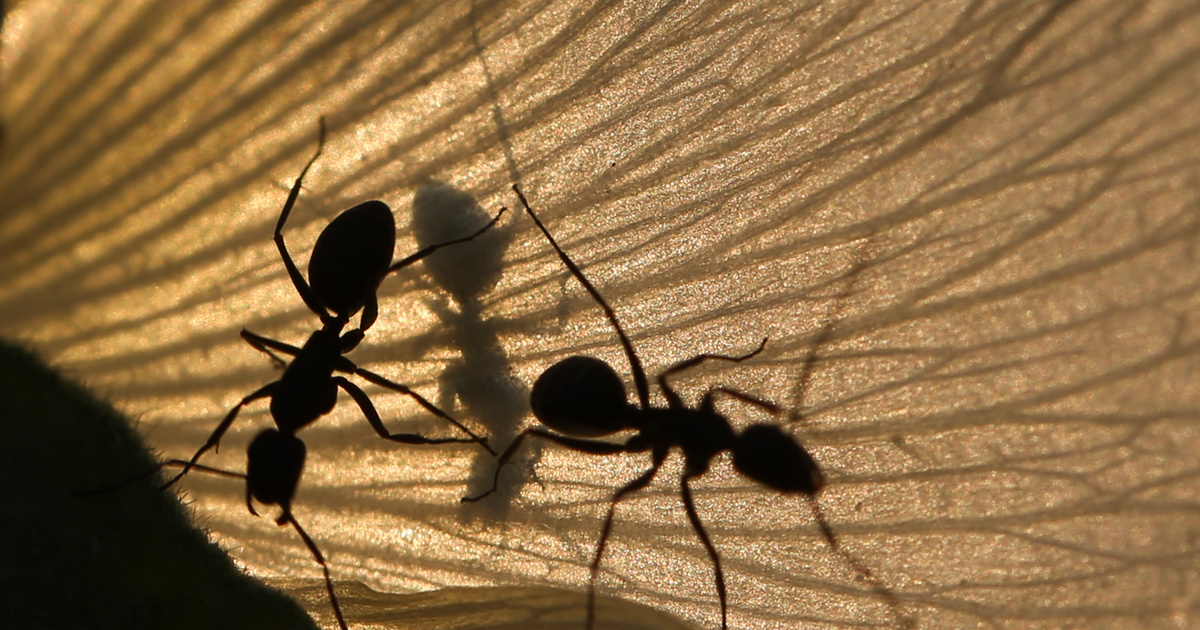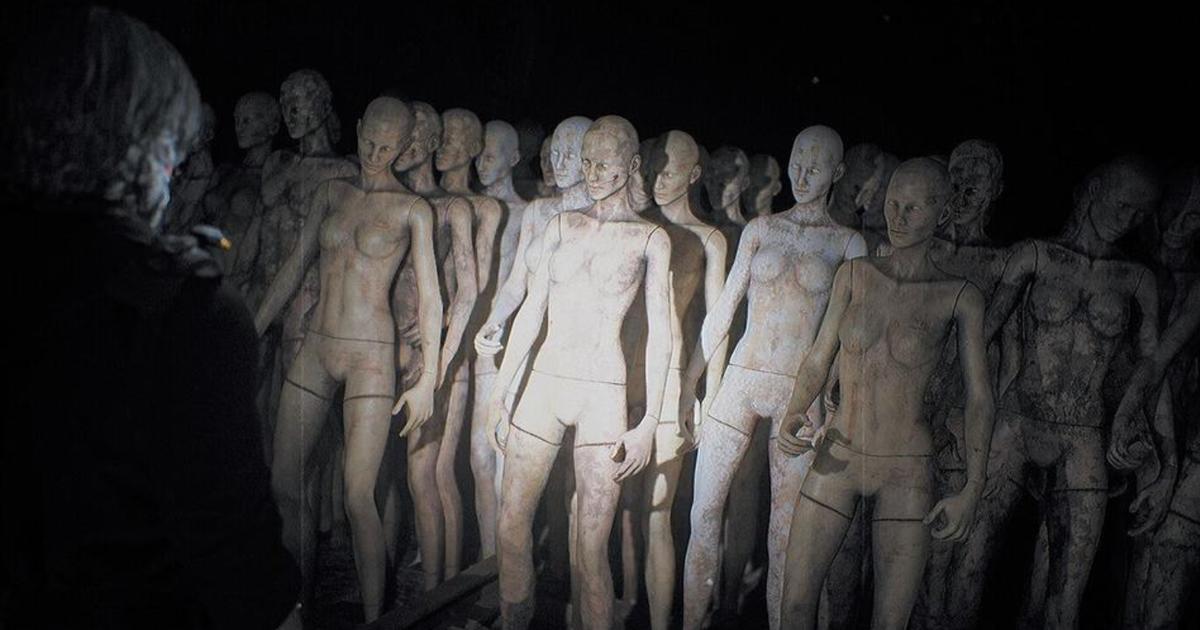Astronomers have discovered an Earth-sized planet that is exposed to so much radiation that its atmosphere has long since disappeared. Life as we know it couldn't exist on this planet, but astronomers are interested for a very different reason: For the first time, they can study the geology of an exoplanet. In addition, the celestial body has another interesting feature: on the one hand, eternal night reigns.
The newly discovered exoplanet, called SPECULOOS-3 b, is a rocky planet about 55 light-years from Earth. The planet revolves around its central star every 17 hours, but it rotates around a fixed axis.
Which means that eternal day prevails on the one hand, and endless night prevails on the other.
Telescope observations show that the exoplanet's star is a 7-billion-year-old red dwarf the size of Jupiter, whose radiation creates temperature conditions similar to those on Venus. Because of the strong radiation, the planet's atmosphere may have long ago disappeared, leaving only rocky barren lands on its surface. Astronomers reported on this discovery in the journal Nature Astronomy origo.hu.
Whether it has an atmosphere or not, it is certain that life as we know it could not have developed on this planet because liquid water could not form on the surface. “It's a bare rocky planet, like Mercury.”
– The study's lead author, Michael Gillon, an astronomer at the University of Liège in Belgium, told Live Science.
There may be active volcanoes on the surface
Although SPECULOOS-3 b is not a habitable place for life, according to astronomers, it is close enough to Earth that we can study its chemical composition more precisely. The results could reveal how geologically active the planet was in the past, and whether such processes can still be experienced on the celestial body. For example, planned observations with the James Webb Space Telescope (JWST) could confirm whether or not volcanoes have erupted on the planet. This will reveal how rocky planets like SPECULOOS-3 b form around faint, low-mass stars and whether they are suitable for supporting life despite being so close to their parent star.
Gillon explained that researchers also searched for other planets in the SPECULOOS-3 b system, but the search has not been successful so far. If there are sister planets in the system, they are too distant and too small to be detected using current technology.
Subscribe to Kárpátinfo.net channels: Facebook, Instagram, Twitter, cable, Google News












































